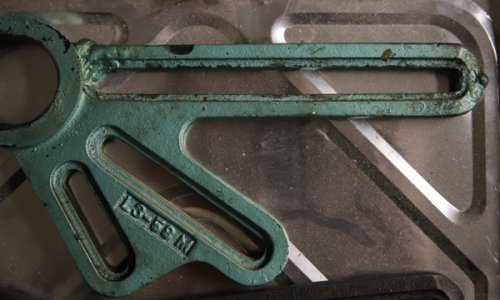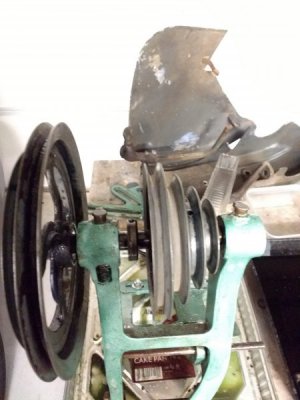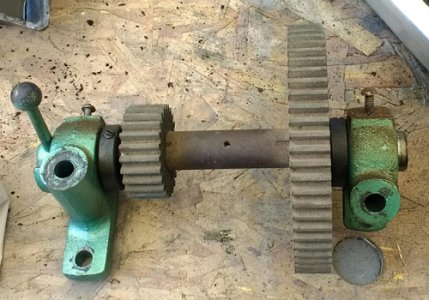- Joined
- Oct 17, 2018
- Messages
- 966
HEADSTOCK REMOVAL
25. I'd like to take the headstock off the ways and thoroughly clean and paint it and the ways (easier to do in pieces), but my research indicates it is not an easy task to realign it. Found something called "Rollie's Dad's Method of Lathe Alignment". Anything else out there I can look at? Anything I should know about re-aligning it before I take it off? The MOLO didn't have anything.
I think I need to check the headstock alignment anyway, but maybe it's better to check it BEFORE I take it apart; if it's fine, then maybe leave it alone and try to paint the machine assembled? Thoughts?
I've heard it isn't an easy task to re-align the headstock to the ways, but it sounds interesting and challenging. I just want to make sure I'm not getting in too far over my head, or asking for trouble. I have a machinist's level (it was my grandpa's) for the ways, which I plan to use when setting up the machine once it's cleaned.
25. I'd like to take the headstock off the ways and thoroughly clean and paint it and the ways (easier to do in pieces), but my research indicates it is not an easy task to realign it. Found something called "Rollie's Dad's Method of Lathe Alignment". Anything else out there I can look at? Anything I should know about re-aligning it before I take it off? The MOLO didn't have anything.
I think I need to check the headstock alignment anyway, but maybe it's better to check it BEFORE I take it apart; if it's fine, then maybe leave it alone and try to paint the machine assembled? Thoughts?
I've heard it isn't an easy task to re-align the headstock to the ways, but it sounds interesting and challenging. I just want to make sure I'm not getting in too far over my head, or asking for trouble. I have a machinist's level (it was my grandpa's) for the ways, which I plan to use when setting up the machine once it's cleaned.



